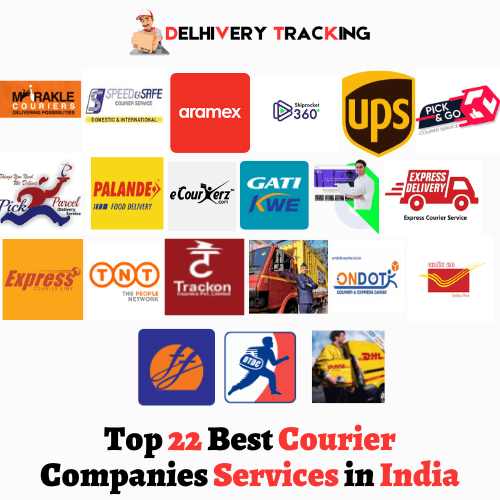
In recent years, the landscape of corporate events has undergone a dramatic transformation. With the advent of technology and the need for remote connectivity, virtual corporate events have become the new norm. These events can take various forms, including webinars, conferences, trade shows, team-building exercises, and product launches, among others. Organizing a virtual corporate event requires meticulous planning and execution to ensure its success. This step-by-step checklist will guide you through the process of organizing a virtual corporate event.
Step 1: Define Your Objectives and Goals
Before diving into event planning, it’s crucial to have a clear understanding of your objectives and goals. Ask yourself:
- What is the purpose of the event?
- What specific outcomes are you aiming to achieve?
- How will you measure the success of the event?
Having well-defined goals will shape the entire planning process and help you stay on track.
Step 2: Budgeting and Resource Allocation
Determine the budget for your virtual corporate event. Consider expenses like technology, marketing, speakers, and staff. Allocate resources accordingly to ensure you have the necessary funds to execute your event successfully.
Step 3: Selecting a Date and Time
Choose a date and time that suits your target audience and aligns with your event’s objectives. Consider time zones if your audience is international. Ensure your chosen date doesn’t clash with other significant events.
Step 4: Choose the Right Technology Platform
Select a reliable technology platform for hosting your virtual event. Popular choices include Zoom, Microsoft Teams, or specialized event platforms like Hopin or Whova. Ensure the platform offers the necessary features for your event, such as live streaming, breakout rooms, and interactive tools.
Step 5: Develop a Marketing Plan
Promote your event to your target audience. Utilize email marketing, social media, and your company’s website to create buzz and generate registrations. Craft compelling content and visuals that highlight the event’s value and benefits.
Step 6: Content Creation and Speaker Selection
Plan the event agenda and choose speakers who are experts in their respective fields. Ensure that the content aligns with your event’s objectives and appeals to your audience. Collaborate with speakers to develop engaging presentations or discussions.
Step 7: Registration and Ticketing
Set up a user-friendly registration process. You may use event management software to handle ticketing and registration. Ensure registrants receive confirmation emails with event details and instructions for joining.
Step 8: Rehearsals and Technical Checks
Conduct thorough rehearsals with all speakers and participants to ensure they are comfortable with the technology and the event flow. Test audio, video, and any interactive elements. Have a backup plan in case of technical glitches.
Step 9: Engagement and Interaction
Plan for audience engagement during the event. This could include Q&A sessions, polls, and interactive activities. Encourage networking opportunities to replicate the in-person event experience.
Step 10: Event Execution
On the day of the event, ensure everything runs smoothly. Have a dedicated team to manage technical issues, monitor audience engagement, and assist attendees. Keep track of time to stick to the schedule.
Step 11: Post-Event Evaluation
After the event concludes, evaluate its success based on the goals set in step 1. Collect feedback from attendees through surveys to understand what went well and what could be improved. Use this information to refine your future virtual events.
Step 12: Follow-Up and Thank You
Send out thank-you emails to participants, speakers, and sponsors. Share event recordings, materials, or resources with attendees. Continue engaging with your audience through post-event content and follow-up emails.
Step 13: Documentation and Reporting
Compile all event data and documentation, including attendee lists, feedback, and financial reports. Use this information to assess the event’s ROI and inform your future virtual event strategies.
In conclusion, organizing a virtual corporate event requires meticulous planning, clear objectives, and attention to detail. By following this step-by-step checklist, you can ensure a successful and engaging virtual event that achieves your goals and leaves a positive impression on your audience. Adapt and refine your approach with each event to continuously improve and deliver exceptional virtual experiences for your corporate stakeholders.

















Leave a Reply